This story originally appeared in our October 2017 issue. Click here to subscribe.
Photos by Zed Saeed.
Geography — that’s a good place to start. Photographer Zed Saeed knew that with diligence and the right equipment he might capture the distinct geography of refugees’ faces: a stiff crease at the brow, smile lines dug in like ravines, serious eyes, perhaps a reflection of the geographic leaps refugees must take from difficult homelands to a sight-unseen place called Kentucky.
Saeed set up shop in the parking lot of Catholic Charities’ west Louisville headquarters several months ago as spring hatched from winter. His motto when photographing: Talk to them, give them space and let them reveal themselves. Many of the refugees were already familiar with the 52-year-old. Upon conceiving the idea for this photo project, Saeed decided to first spend a few months volunteering at the refugee-resettlement agency so he could get to know newcomers who hailed from Somalia, Syria, Iraq, Cuba and the Congo. “I just didn’t want to be an outsider,” Saeed says.
The parking-lot sessions — what a scene. Saeed set up a giant white backdrop. With the help of University of Louisville’s Hite Art Institute (where Saeed is a graduate student), he secured an 8-by-10-inch large-format camera. Picture early-20th-century photographers hiding under a cloth with an accordion-like contraption — that’s an 8-by-10 camera. Saeed filled journals with calculations in black ink measuring light and distance (stuff our iPhones do automatically). One time, he spent 26 hours straight in a darkroom tinkering with exposures. But the camera he used can create spectacularly clear images. And that was the point. “I wanted each person to come across as the special person they are,” Saeed says.
His interest in photography started during his childhood in Pakistan. Saeed recalls his dad’s obsession with LIFE, stacks and stacks of the magazine in their home. Somewhere there’s a photo of four-year-old Saeed holding a camera. In 1983 he came to the United States on a student visa and gravitated toward photography and filmmaking at a small college in Massachusetts.
The timing of this project was no accident. Shortly after the Trump Administration took office, the president issued his travel ban for several predominately Muslim countries. Catholic Charities CEO Lisa DeJaco Crutcher says that when the ordered ban was first imposed this past winter, resettlements came to a complete stop. As the legality of the ban tumbles through the courts, that halt has turned into more of a “kerfuffle,” she says, adding that there’s a lot of confusion at the federal and state levels as well as a backlog of refugees awaiting approval.
This past fiscal year (which ended in September), Catholic Charities totaled 828 arrivals, down from 1,353 the previous year. Not surprisingly, refugees from Muslim-majority countries have seen the most dramatic drop in resettlements. Saeed, who is Muslim, says as all this unfolded, he grew tired of just feeling angry. “I’m not a politician. I’m not an activist. I’m not going to go throw smoke bombs. The only thing I’ve ever known is to take photographs,” he says. “It’s the thing that has kept me sane and kept me comfortable in the world.”
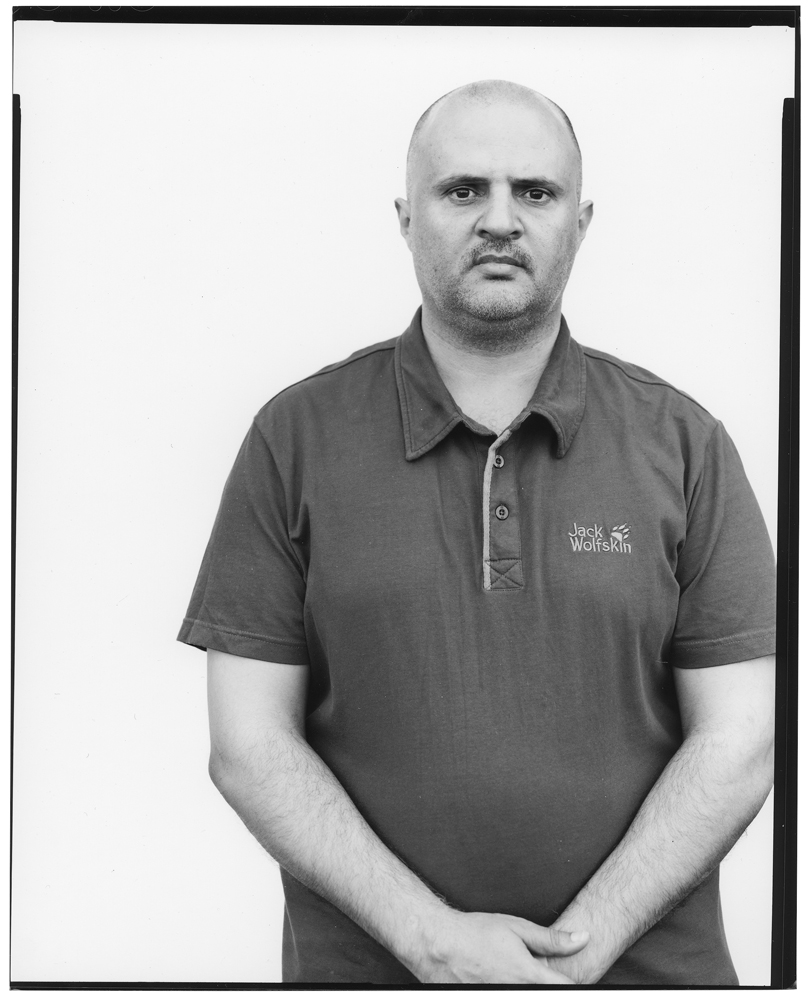
Amin Asanabani, Yemen
“My first observation (in Louisville) was the sky and the sun. I was in China for 10 years, and we could not see this view because the pollution rate is so high. The first day here I was like, ‘Oh, my God — so beautiful.’ Everything was clear.”
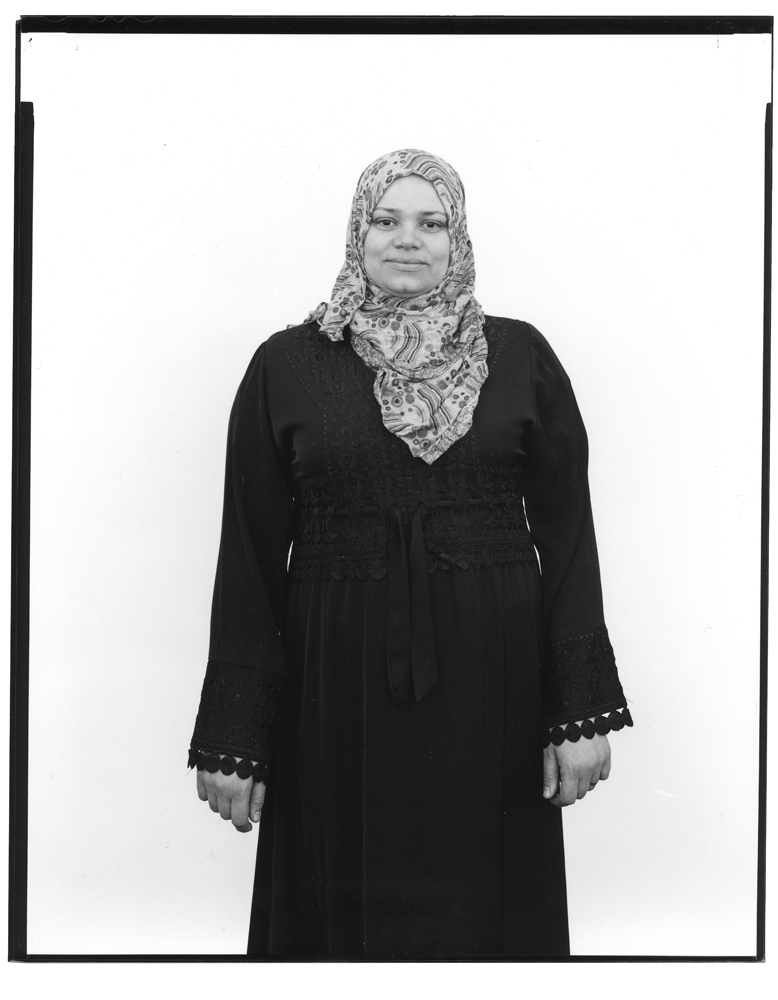
Amane Al Rifai, Syria
Amane Al Rifai spoke with us along with her husband and brother-in-law. All of them contributed equally to the conversation, and their words blended together in translation. At one point, her husband said: “I’m very, very worried. I’m scared of Trump and his laws about immigrants, especially now. Just two days ago, I received my green card. But I still worry about citizenship — you have to read and write English. I’m wondering how I can get citizenship. I hope Trump doesn’t stay long. I hope they don’t re-elect him.”

Asandja Witenda, Democratic Republic of Congo
“In Congo, there always was war. Even now, there is still fighting. In America, it is safe. We fled the Congo in 1999. We went to Tanzania until 2016. Louisville has been welcoming. In America, you have to work because if you don’t work, it’s over. In America, it is easy to get food. If you have money, you can go to the store and buy whatever you want. In Congo, there isn’t food. To get food in Congo is not easy. In Congo, you couldn’t even stay in a house like this, with electricity.”
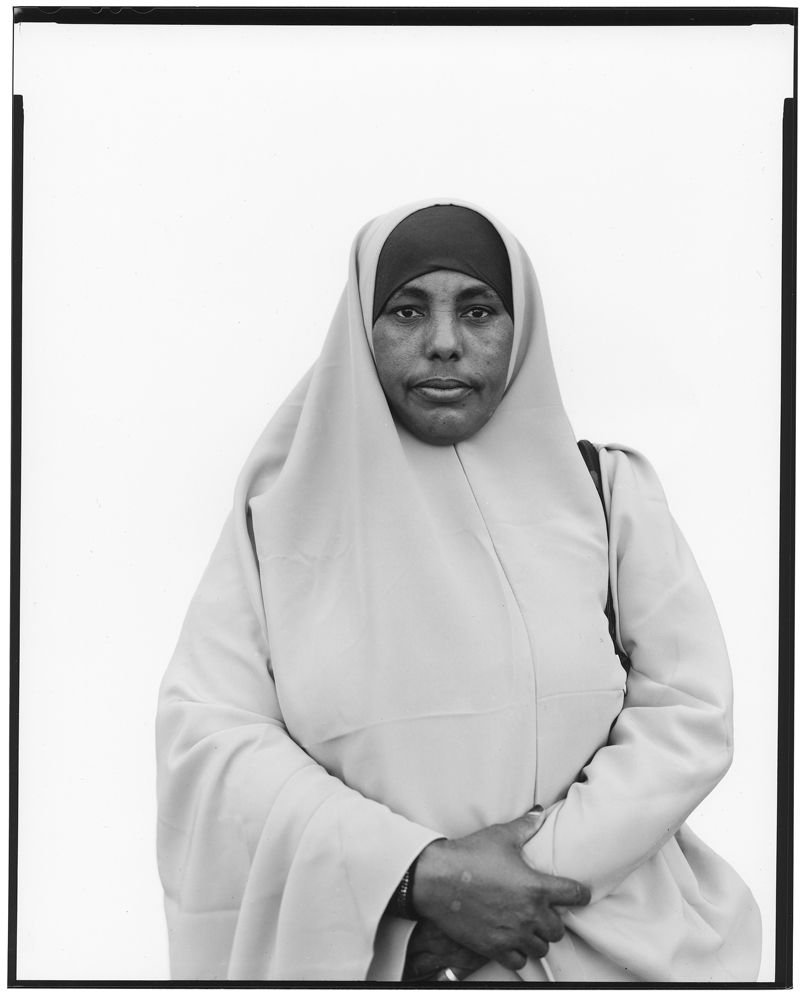
Ugaso Abdi Ibrahim, Somalia
“I don’t have memories of life in Somalia before war. In America, we have safety and security, and my children can have an education. I have five children, ages 10 to 18. I want two of them to become doctors or nurses, two to become teachers, and one to save up money, get married and run a business with me as head of the family.”
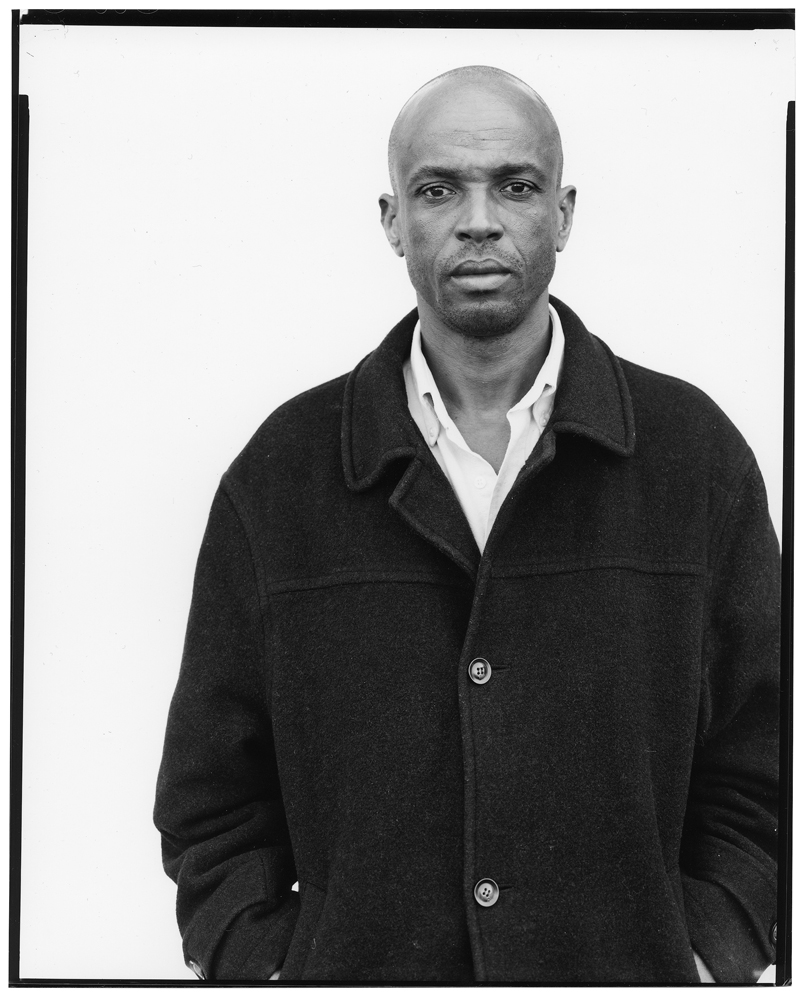
Isaac Exaltin, Haiti
“We’ve been really traumatized because we’re immigrants and we don’t know if they are going to let us stay in the county. A lot of friends have already gone to Canada because they weren’t sure what the situation with the president would be, if the president would try to take them back to their country. It’s really difficult when you don’t know what’s going to happen. Will you be able to stay here? Will you have your papers? Will they be taken away from you?”
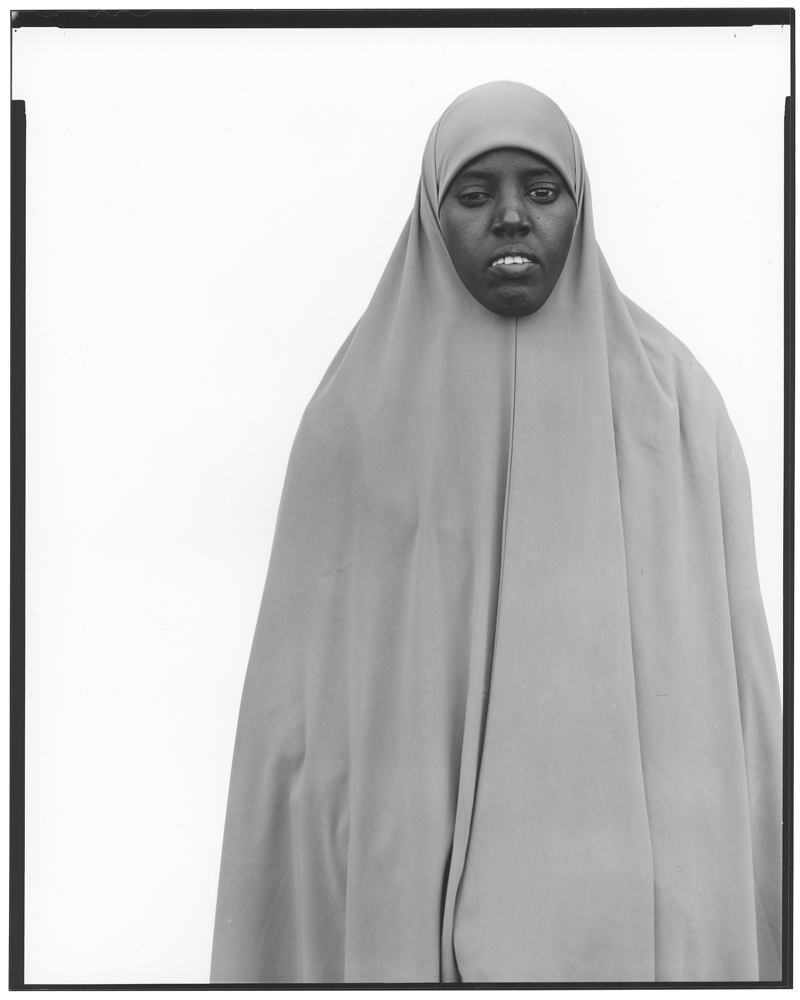
Sahra Santur, Somalia
“Whenever we used to see planes going over our heads, we would pray, ‘God, take us to America on a plane like that.’ When I arrived (in Louisville), I was really happy. It was nighttime, and it was raining and snowing at the same time. That was the first time I saw snow.”
This originally appeared in the October 2017 issue of Louisville Magazine. To subscribe to Louisville Magazine, click here. To find us on newsstands, click here.


